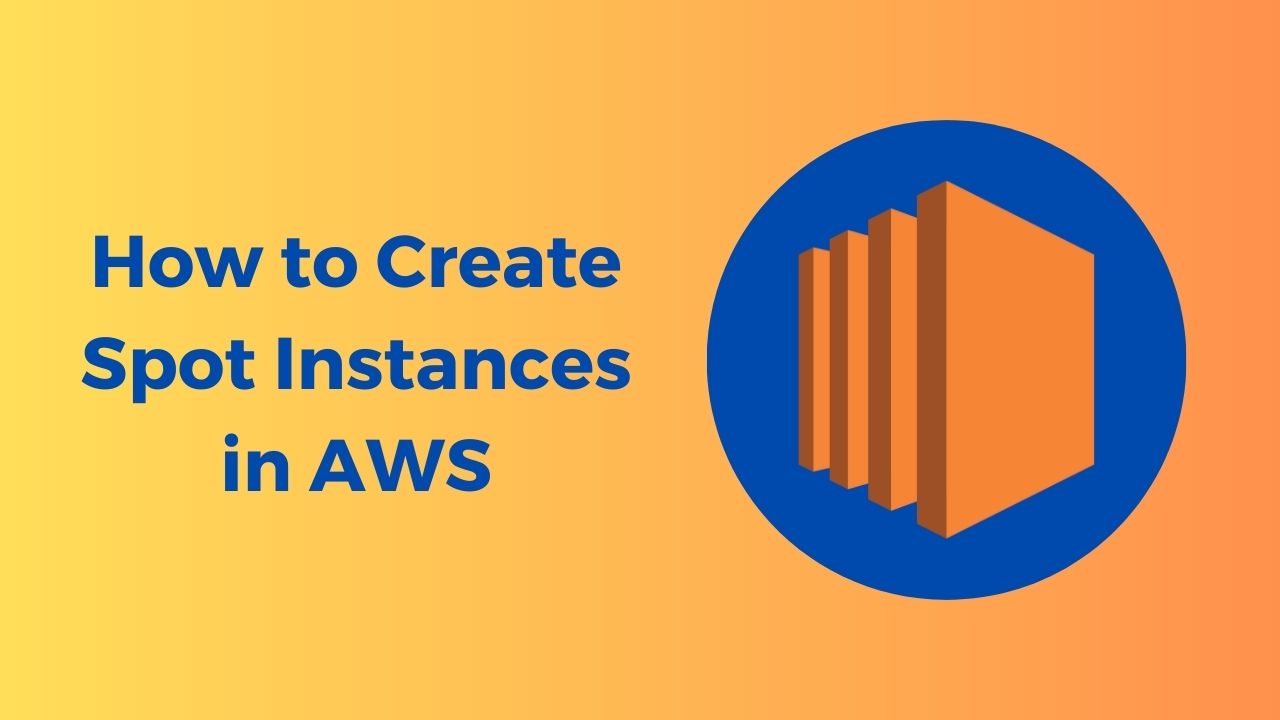In today’s fast-paced digital landscape, businesses are constantly seeking cost-effective ways to manage their computing resources. AWS (Amazon Web Services) provides a solution with spot instances, which allow users to bid on spare Amazon EC2 capacity at significantly lower prices. In this article, we will explore how to create spot instances in AWS, step by step.
Understanding Spot Instances
Spot instances are unused EC2 instances available for temporary use at discounted rates. The pricing for spot instances varies based on supply and demand. When the spot price goes above your bid price, the instance is terminated. Spot instances are ideal for fault-tolerant applications, batch processing, and workloads with flexible start and end times.
Creating a Spot Instance Request
To create a spot instance, follow these steps:
Step 1: Log in to the AWS Management Console
Go to the AWS Management Console and sign in to your account.
Step 2: Open the EC2 Dashboard
Navigate to the EC2 Dashboard by selecting “EC2” from the list of services.
Step 3: Launch Instance Wizard
Click on “Launch Instance” to start the instance creation process.
Configuring Spot Instance Parameters
Once you have initiated the instance creation process, follow these steps to configure the spot instance parameters:
Step 1: Choose an Amazon Machine Image (AMI)
Select an appropriate AMI based on your requirements.
Step 2: Choose an Instance Type
Select the instance type that suits your workload.
Step 3: Configure Instance Details
Specify the network, subnet, security groups, and other configuration details.
Step 4: Add Storage
Configure the storage options for your instance.
Step 5: Add Tags (Optional)
Assign tags to your spot instance for better management.
Specifying Bidding Strategy
In this step, you will define the bidding strategy for your spot instance:
Step 1: Request Type
Choose the “Request” type for one-time spot instance requests or “Maintain” for persistent spot instances.
Step 2: Set Your Maximum Price
Specify the maximum price you are willing to pay per hour for the spot instance.
Step 3: Configure Launch Group (Optional)
Create a launch group to control the number of instances launched at a time.
Monitoring and Managing Spot Instances
Once your spot instances are launched, it’s crucial to monitor and manage them effectively:
Step 1: Monitoring Spot Instances
Use CloudWatch to monitor the performance of your spot instances.
Step 2: Managing Spot Instances
Utilize AWS Auto Scaling or other tools to manage spot instances and maintain the desired capacity.
Best Practices for Using Spot Instances
To optimize the usage of spot instances, consider the following best practices:
Practice 1: Diversify Across Availability Zones
Launch spot instances across multiple availability zones to ensure fault tolerance.
Practice 2: Use Spot Fleet
Spot Fleet helps manage a fleet of spot instances, maintaining a desired capacity with cost optimization.
Practice 3: Utilize Spot Instance Interruption Notices
Handle spot instance terminations gracefully by utilizing spot instance interruption notices.
Conclusion – How to Create Spot Instances in AWS
Spot instances in AWS offer businesses a cost-effective solution for managing their computing resources. By following the steps outlined in this article, you can create spot instances, configure parameters, and effectively monitor and manage them. Implementing best practices will further enhance your spot instance utilization, providing cost savings and flexibility for your workloads.
FAQs
Can I use spot instances for mission-critical workloads?
Spot instances are not recommended for mission-critical workloads due to their temporary nature and potential for interruptions. Consider using on-demand or reserved instances for such workloads.
How often does the spot instance pricing change?
Spot instance pricing is dynamic and changes frequently based on supply and demand. It’s essential to monitor the pricing trends to optimize your bids.
Can I switch from spot instances to on-demand instances seamlessly?
Yes, you can switch between spot instances and on-demand instances. However, you may experience a brief interruption when transitioning between the two.
Are spot instances suitable for long-running workloads?
Spot instances are best suited for short-duration workloads, batch processing, and fault-tolerant applications. For long-running workloads, consider using reserved instances.
Can I use spot instances with managed services like Amazon RDS or Amazon Redshift?
Currently, spot instances are only available for EC2 instances and not for managed services like Amazon RDS or Amazon Redshift.
In this article, we have explored the process of creating spot instances in AWS. By following the outlined steps, configuring parameters, and implementing best practices, you can leverage spot instances to optimize costs and manage your computing resources effectively. Take advantage of spot instances and unlock the power of AWS for your business.
For more articles on AWS help and queries, please visit us at kapilnawani.com.
Here are some more recommended articles that you might like.
- How to Import SSL Certificate in AWS ACM – Complete Guide
- How to Import Snowflake Python Libraries in AWS Lambda
- How to Deploy React App on AWS Amplify – Best Guide 2023
- How to Connect to AWS RDS Using DBeaver
- How to Change Instance Type in AWS: A Comprehensive Guide
- What is Managed Prefix List in AWS? Ultimate Guide 2023
- How to Check Active Services in AWS
- How to Add AWS Certification to LinkedIn – Best Guide 2023
